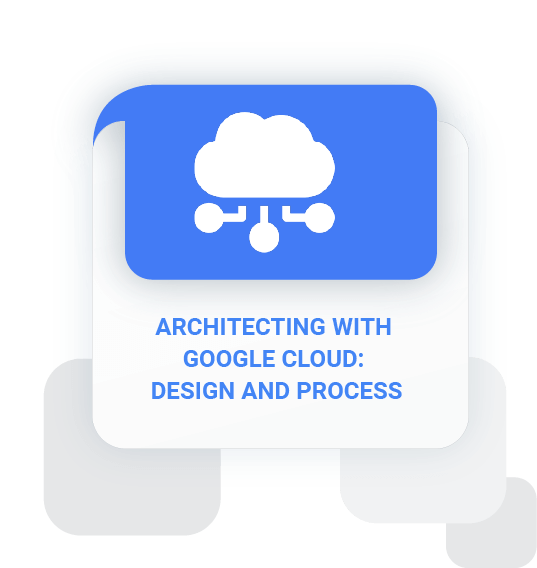
Overview
This course equips students to build highly reliable and efficient solutions on Google Cloud using proven design patterns. It is a continuation of the Architecting with Google Compute Engine or Architecting with Google Kubernetes Engine courses and assumes hands-on experience with the technologies covered in either of those courses. Through a combination of presentations, design activities, and hands-on labs, participants learn to define and balance business and technical requirements to design Google Cloud deployments that are highly reliable, highly available, secure, and cost-effective. Architecting with Google Compute Engine và Getting Started with Google Kubernetes Engine, khóa học này giúp học viên có thêm kinh nghiệm thực tế về hạ tầng trên Google Cloud. Thông qua bài giảng lý thuyết, Demo và thực hành Lab; bạn sẽ biết các xác định, cân bằng nhu cầu doanh nghiệp với nhu cầu kỹ thuật để thiết kế, triển khai giải pháp trên Google Cloud hiệu quả, đảm bảo tính khả thi, bảo mật và tối ưu chi phí.
Duration: 16h
Học phí: 9,400,000 VND

Objective
After completing the course, students will have the following knowledge:
- Define application requirements and express them objectively as KPIs, SLO's and SLI's
- Decompose application requirements to find the right microservice boundaries
- Leverage Google Cloud developer tools to set up modern, automated deployment pipelines
- Choose the appropriate Google Cloud Storage services based on application requirements
- Architect cloud and hybrid networks
- Implement reliable, scalable, resilient applications balancing key performance metrics with cost
- Choose the right Google Cloud deployment services for your applications ?Secure cloud applications, data and infrastructure
- Monitor service level objectives and costs using Stackdriver tools

Audience
- Cloud Solutions Architects, Site Reliability Engineers, Systems Operations professionals, DevOps Engineers, IT managers.
- Individuals using Google Cloud Platform to create new solutions or to integrate existing systems, application environments, and infrastructure with the Google Cloud Platform.

prerequisite
- Have completed Architecting with Google Compute Engine, Architecting with Google Kubernetes Engine
- Have basic proficiency with command-line tools
- Have systems operations experience, including deploying and managing applications, either on-premises or in a public cloud environment
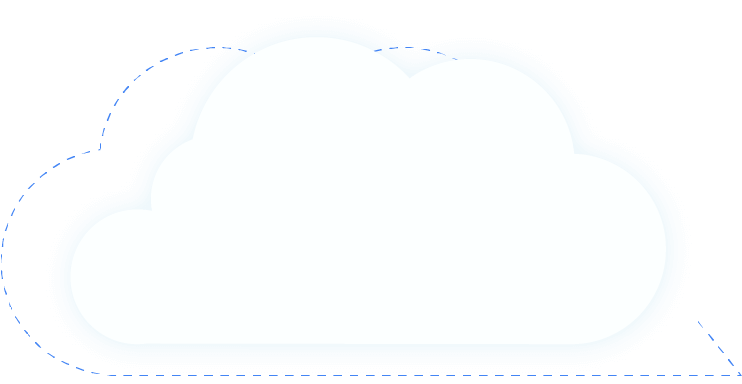
OUTLINE
01
Defining the Service
Describe users in terms of roles and personas.
Write qualitative requirements with user stories.
Write quantitative requirements using key performance indicators (KPIs).
Evaluate KPIs using SLOs and SLIs.
Determine the quality of application requirements using SMART criteria.
02
Microservice Design and Architecture
Decompose monolithic applications into microservices.
Recognize appropriate microservice boundaries.
Architect stateful and stateless services to optimize scalability and reliability.
Implement services using 12-factor best practices.
Build loosely coupled services by implementing a well-designed REST architecture.
Design consistent, standard RESTful service APIs.
03
DevOps Automation
Automate service deployment using CI/CD pipelines.
Leverage Cloud Source Repositories for source and version control.
Automate builds with Cloud Build and build triggers.
Manage container images with Google Container Registry.
Create infrastructure with code using Deployment Manager and Terraform.
04
Choosing Storage Solutions
Choose the appropriate Google Cloud data storage service based on use case, durability, availability, scalability and cost.
Store binary data with Cloud Storage.
Store relational data using Cloud SQL and Spanner.
Store NoSQL data using Firestore and Cloud Bigtable.
Cache data for fast access using Memorystore.
Build a data warehouse using BigQuery.
05
Google Cloud and Hybrid Network Architecture
Design VPC networks to optimize for cost, security, and performance.
Configure global and regional load balancers to provide access to services.
Leverage Cloud CDN to provide lower latency and decrease network egress.
Evaluate network architecture using the Cloud Network Intelligence Center.
Connect networks using peering and VPNs.
Create hybrid networks between Google Cloud and on-premises data centers using Cloud Interconnect.
06
Deploying Applications to Google Cloud
Choose the appropriate Google Cloud deployment service for your applications.
Configure scalable, resilient infrastructure using Instance Templates and Groups.
Orchestrate microservice deployments using Kubernetes and GKE.
Leverage App Engine for a completely automated platform as a service (PaaS).
Create serverless applications using Cloud Functions.
07
Designing Reliable Systems
Design services to meet requirements for availability, durability, and scalability.
Implement fault-tolerant systems by avoiding single points of failure, correlated failures, and cascading failures.
Avoid overload failures with the circuit breaker and truncated exponential backoff design patterns.
Design resilient data storage with lazy deletion.
Analyze disaster scenarios and plan for disaster recovery using cost/risk analysis.
08
Security
Design secure systems using best practices like separation of concerns, principle of least privilege, and regular audits.
Leverage Cloud Security Command Center to help identify vulnerabilities.
Simplify cloud governance using organizational policies and folders.
Secure people using IAM roles, Identity-Aware Proxy, and Identity Platform.
Manage the access and authorization of resources by machines and processes using service accounts.
Secure networks with private IPs, firewalls, and Private Google Access.
Mitigate DDoS attacks by leveraging Cloud DNS and Cloud Armor.
09
Maintenance and Monitoring
Manage new service versions using rolling updates, blue/green deployments, and canary releases.
Forecast, monitor, and optimize service cost using the Google Cloud pricing calculator and billing reports and by analyzing billing data.
Observe whether your services are meeting their SLOs using Cloud Monitoring and Dashboards.
Use Uptime Checks to determine service availability.
Respond to service outages using Cloud Monitoring Alerts.
Study with
Google Cloud expert









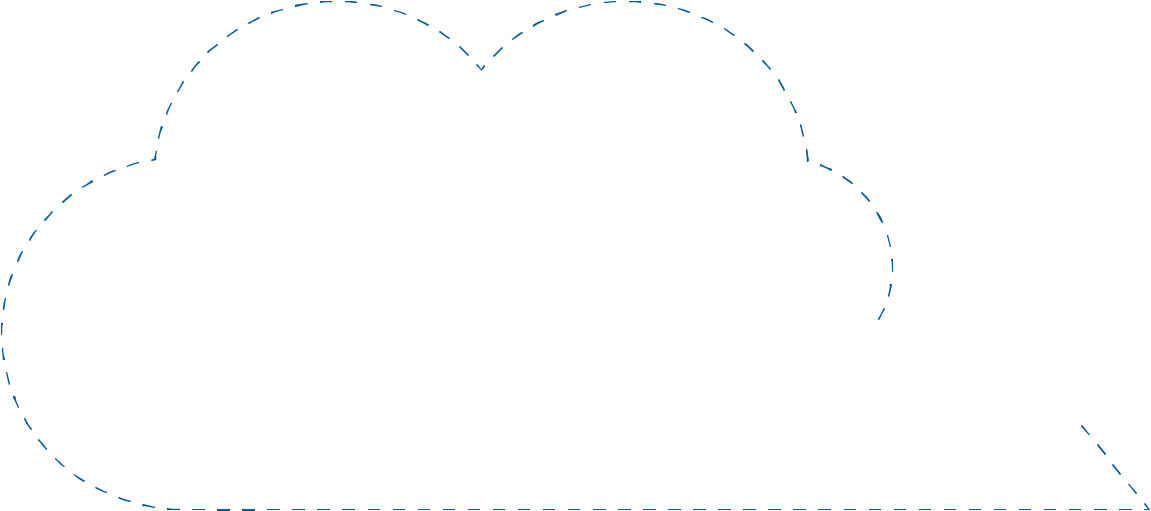

Student feedback
Cloud Ace Training
Bringing great experiences to students


Trần Tuấn Anh
IT

Nguyễn Ngọc Minh Thy
Data Engineer

Trương Quốc Thắng
Data Engineer

Phạm Văn Hùng
IT

Dương Minh Phương
Engineer
REGISTER NOW
TO BECOME " GOOGLE CLOUD EXPERT"
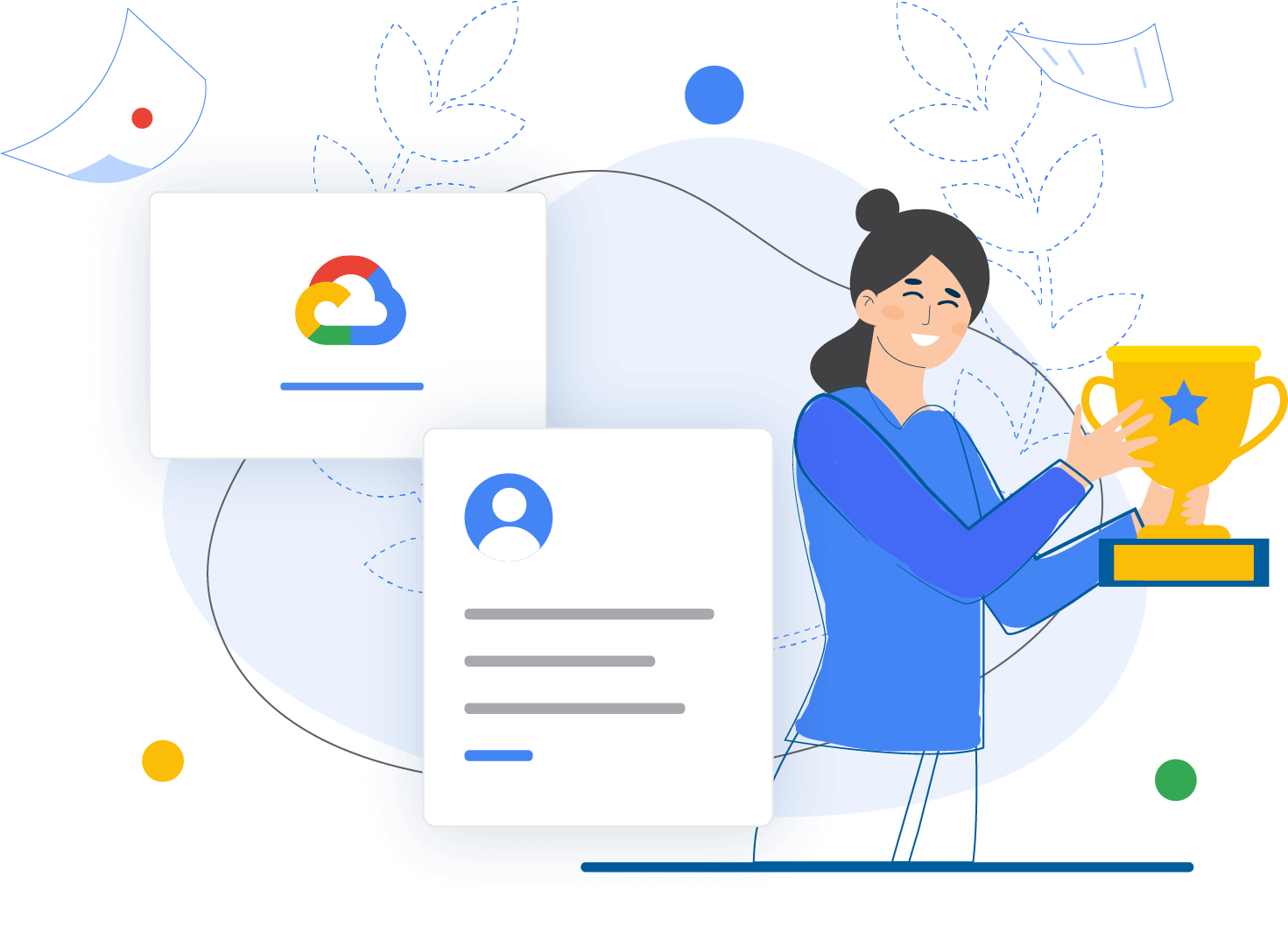
câu hỏi thường gặp
![]() Cloud Ace is a Google Cloud training unit, so it does not organize exams and provide Google Cloud certifications. Cloud Ace only supports providing certificates of course completion for students while waiting for the Google Cloud certification exam
Cloud Ace is a Google Cloud training unit, so it does not organize exams and provide Google Cloud certifications. Cloud Ace only supports providing certificates of course completion for students while waiting for the Google Cloud certification exam
In addition, if you want to take the Google Cloud certification exam, Cloud Ace will guide you to register for the Online or Offline exam at the authorized Google Cloud test centers in Vietnam.
![]() Of course, during the learning process, you will constantly be solving quizzes, simulated mock tests that are similar to Google Cloud's actual exam questions. In addition, Cloud Ace also provides Dump questions that are constantly updated with question types, exam questions from Google Cloud to help you have the best preparation for the exam.
Of course, during the learning process, you will constantly be solving quizzes, simulated mock tests that are similar to Google Cloud's actual exam questions. In addition, Cloud Ace also provides Dump questions that are constantly updated with question types, exam questions from Google Cloud to help you have the best preparation for the exam.
![]() Of course. You will be supported by Cloud Ace during the learning process and even at the end of the course. You can interact with the Trainer via Slack, email hoặc qua Group Google Cloud Plartform User HCM để được các Trainer hỗ trợ nhé.
Of course. You will be supported by Cloud Ace during the learning process and even at the end of the course. You can interact with the Trainer via Slack, email hoặc qua Group Google Cloud Plartform User HCM để được các Trainer hỗ trợ nhé.
After completing the course, if you have any questions about the knowledge or have difficulties in implementing the project on Google Cloud, you can contact the Trainer for answers.
![]() The Google Cloud course is not only suitable for software engineers or system development engineers, but also suitable for data processing engineers such as Data Analytics, Data Engineer, Data Scientist.
The Google Cloud course is not only suitable for software engineers or system development engineers, but also suitable for data processing engineers such as Data Analytics, Data Engineer, Data Scientist.
In addition, if you are a Marketer or working in the field of finance, banking, e-commerce, logistics .... constantly faced with big data to solve, then you can refer to the courses Big Data Machine Learning Fundamental or From Data to Insight on Google Cloud Platform courses to refer to simple data processing and create professional reports on Google Cloud.


